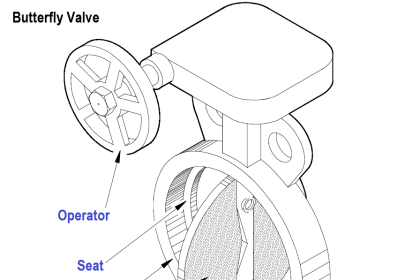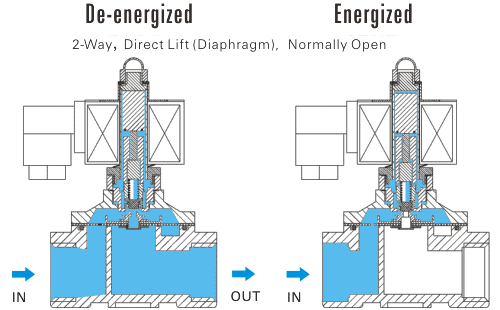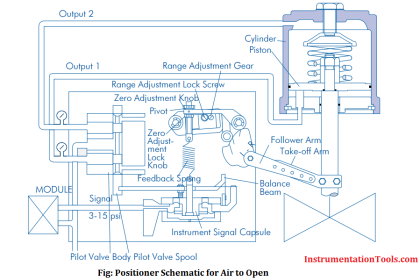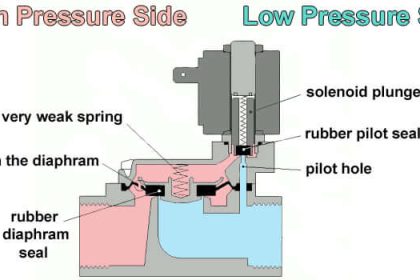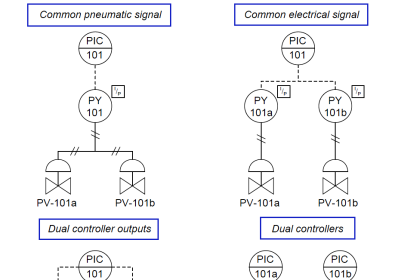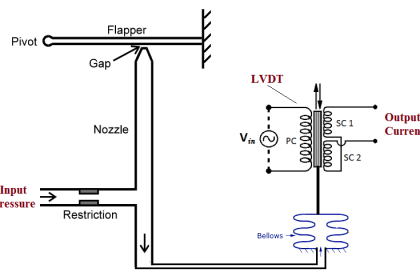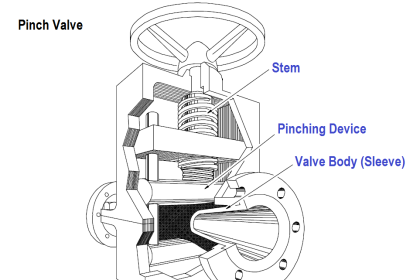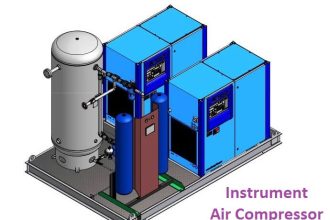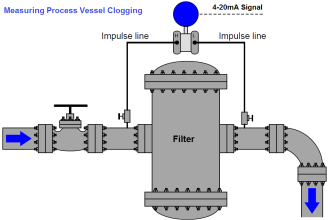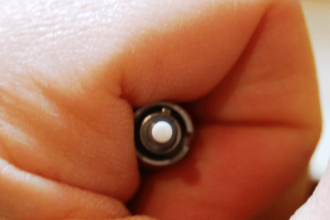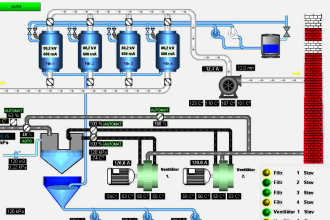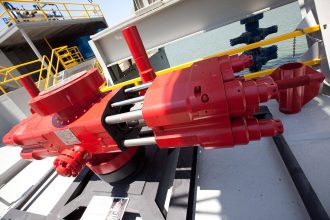Operators require indication of the position of certain valves to permit knowledgeable operation of the plant.
For such valves, remote valve position indication is provided in the form of position lights that indicate if valves are open or closed.
Valve Position Indication
Remote valve position indication circuits use a position detector that senses stem and disk position or actuator position. One type of position detector is the mechanical limit switch, which is physically operated by valve movement.
Another type is magnetic switches or transformers that sense movement of their magnetic cores, which are physically operated by valve movement.
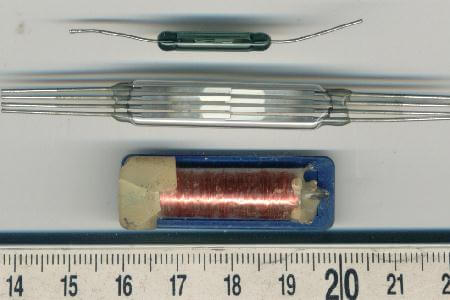
Local valve position indication refers to some visually discernable characteristic of the valve that indicates valve position.
Rising stem valve position is indicated by the stem position.
Non-rising stem valves sometimes have small mechanical pointers that are operated by the valve actuator simultaneously with valve operation.
Power actuated valves typically have a mechanical pointer that provides local valve position indication.
On the other hand, some valves do not have any feature for position indication.
